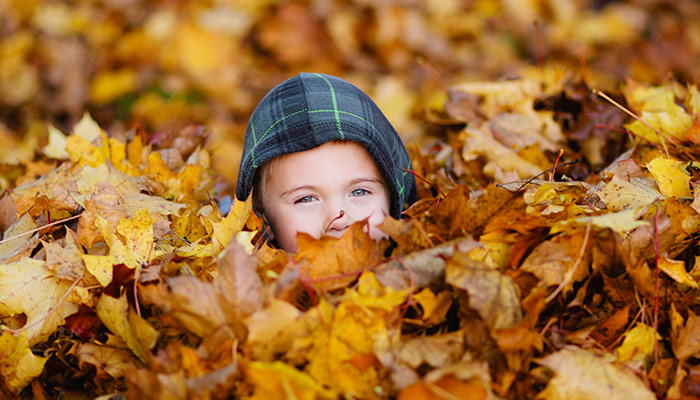While we believe that the books and resources recommended may be of value to you, keep in mind that these are suggestions only and you must do your own due diligence to determine whether the materials are appropriate and suitable for your use. PNC has no sponsorship or endorsement agreement with the authors or publishers of the materials listed.
HABITATS

Camouflage Fun
Children will learn about how animals camouflage themselves in their habitat.

Lesson Objective
Children will learn the definition of “camouflage” and learn how it is important to animals and their habitats.
Science
What You'll Need
- Pipe cleaners in a variety of colors—brown, green, yellow, white, red, blue, and orange (enough for each child).
- A grassy area outside
What To Do
Note: This activity involves a walk outside.
- Prior to taking the children outside, scatter all of the colored pipe cleaners around the outdoor area that you have chosen. Be sure to keep a count of how many are distributed.
- Take your class outside and encourage them to find as many pipe cleaners as they can. Give them a limited time to complete the search (about 3–5 minutes).
- When time is up, have the children count the pipe cleaners they found. There will probably be some missing. Take the whole group back to the area to look more closely for the missing pipe cleaners.
- Discuss with the children which pipe cleaners were harder to find. They will discover that the natural-colored pipe cleaners (the browns and greens) were harder to locate.
- Use the pipe cleaners as an example to discuss how animals use camouflage.
Resources
Home School Resources
Home educators: use these printable lesson PDFs to teach this lesson to your home schoolers. They're available in English and Spanish.
Content Provided By
Common Core State Standards Initiative – These lessons are aligned with the Common Core State Standards ("CCSS"). The CCSS provide a consistent, clear understanding of the concepts and skills children are expected to learn and guide teachers to provide their students with opportunities to gain these important skills and foundational knowledge [1]. Visit the CCSS


